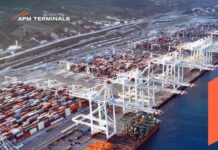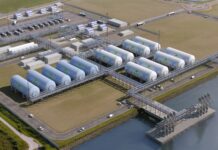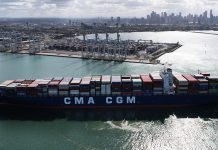
Federal and state funding is on the way for hydrogen projects at the Port of Oakland. This is because the Biden administration announced on 13 October that California will receive up to US$1.2 billion as a designated hydrogen centre.
“We are grateful to have outstanding federal, state, and local support for our vision to become a zero-emissions seaport,” stated Danny Wan, executive director of the port of Oakland.
He further added, “It takes major investments to finance initiatives like hydrogen projects that will deliver a greener, cleaner environment. We thank the leadership of the Newsom Administration and ARCHES and the funding support from the Department of Energy to advance vital goals that address climate change. This is critically important for our Port, our City, our surrounding communities, and our region.”
California was chosen as one of seven regional hubs throughout the United States that will receive a total of US$7 billion in funding under the Bipartisan Infrastructure Law funding.
The funds will be used to expand the domestic market for low-cost, clean hydrogen. These regional centres will manufacture and consume hydrogen, improve air quality, and provide green jobs to California’s workforce.
The Port of Oakland is a partner in the Alliance for Renewable Clean Hydrogen Energy Systems (ARCHES), a statewide public-private partnership that will provide the groundwork for California’s renewable, clean hydrogen hub.
ARCHES coordinated California’s federal hydrogen hub grant application, which included projects at the Port of Oakland.
Meanwhile, the Port of Oakland is building hydrogen fueling stations and replacing cargo handling equipment with zero-emissions hydrogen fuel cell technology. The Port of Oakland’s portion of the grant will be created in collaboration with ARCHES and the Department of Energy during the following months.
The Californian port authorised a bold effort to build a zero-emission seaport in 2019. The Seaport Air Quality 2020 and Beyond Plan lays out the strategy and procedures for transitioning from a fossil-fuel-based seaport to decarbonized goods transportation port operations.





